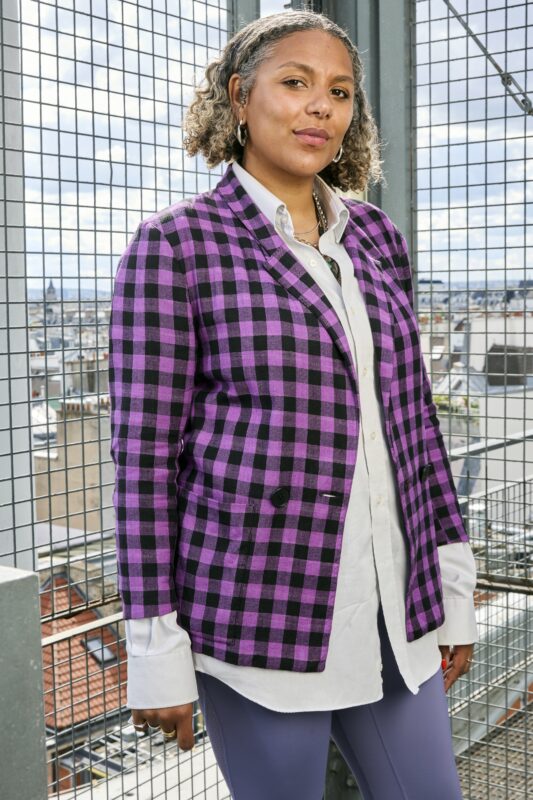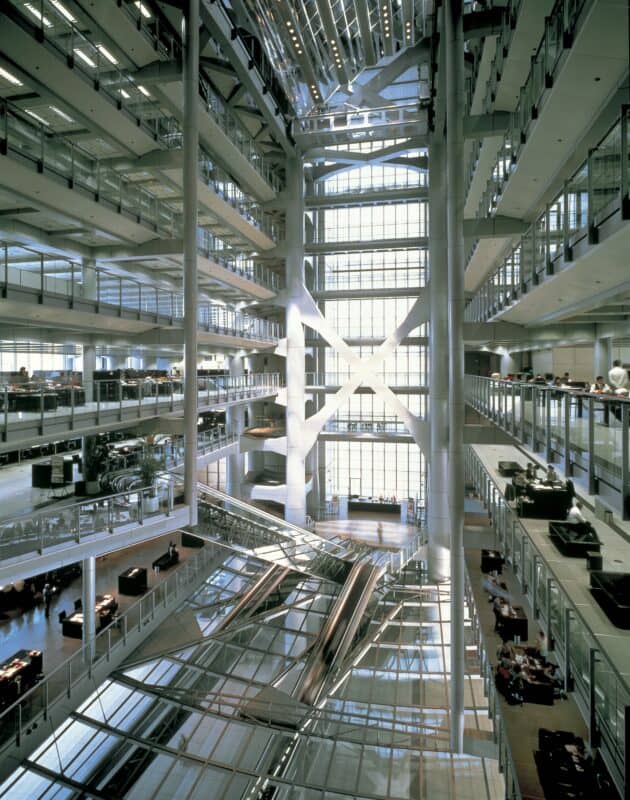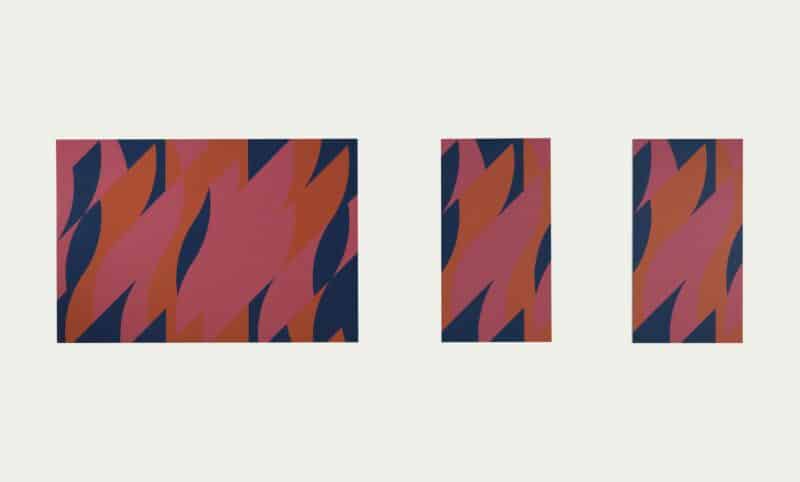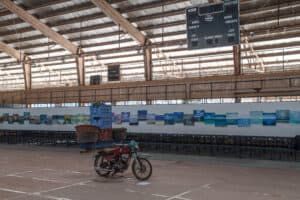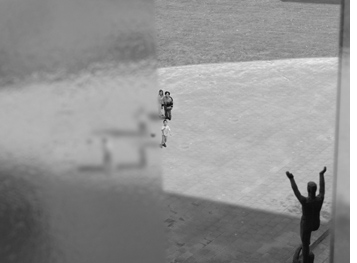
David Claerbout Sections of a Happy Moment, 2007 Copyright: David Claerbout
THE 1st OCTOBER AT 6.30PM : VIDÉO ET APRÈS WITH THE ARTIST, CINEMA 1
Following exhibitions devoted to Stan Douglas in 1994, Johan Grimonprez in 1997, James Coleman in 1996, Pierre Huyghe in 2000, Ugo Rondinone in 2003 and Isaac Julien in 2005, the Centre Pompidou’s Department of New Media presents the work of Belgian artist David Claerbout, born in Courtrai in 1969.
Claerbout blurs the line between the still and the moving image, digitally manipulating analogue images to create works that invite a reconsideration both of the image and of our perceptions of space and time. After Paris, the exhibition travels to the MIT List Center in Cambridge (February-April 2008), the Kunstmuseum St Gallen (May-June 2008) and the Belkin Galleries, UBC, Vancouver (Autumn 2008), and then to the De Pont Foundation, Tilburg, and the Metropolitan Museum of Photography, Tokyo, in 2009.
Since 1996, Claerbout’s works have navigated between the still and the moving image, between photographic and digital techniques. Inspired both by phenomenology and by Gilles Deleuze’s writings on The Time-Image and The Movement-Image (1983), he has developed a photography in movement, a “moving still” — into which, since 2004, he has introduced narrative elements.
The 300-square-metre exhibition space is shared by five projected works: The Stack, 2002, Bordeaux Piece, 2004, and the Shadow Piece of 2005,together with two new works, Sections of A Happy Moment and Long Goodbye, both 2007. Filmed in architectural settings representative of modern culture and the contemporary urban context, they explore the passage of time and the unfolding of space.
Bordeaux Piece — acquired by the Centre Pompidou for the collection of the Musée National d’Art Moderne — thus makes use of a magnificent villa on the outskirts of Bordeaux as a tool for a conceptual approach to space-time, a minutely introspective examination of time in a deconstructed space.
Visitors are invited to take their time in moving through the specially designed exhibition space, its half-light permitting a liberty forbidden in the cinema and allowing a dialogue to emerge between the works.
“In many of my works over the past ten years both time and space have developed into anchors of my videographic production. In a mode of production where photographic reality is increasingly preconceived, filmic duration seems to be the last man standing from an ‘analogue’ past.
Occupied with both the artificiality and flatness of anything on screen or print, I have often taken recourse to architectural photography as a way of defining space in what I would call the terrible flatness of film”.
